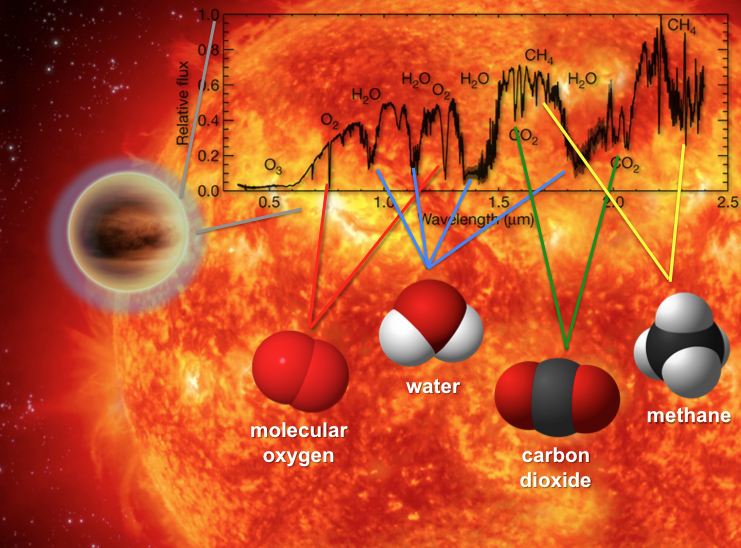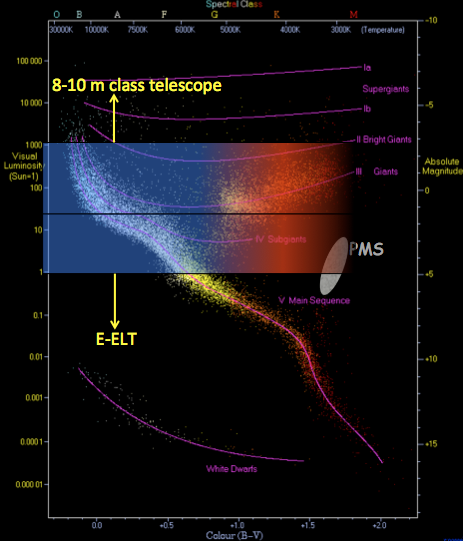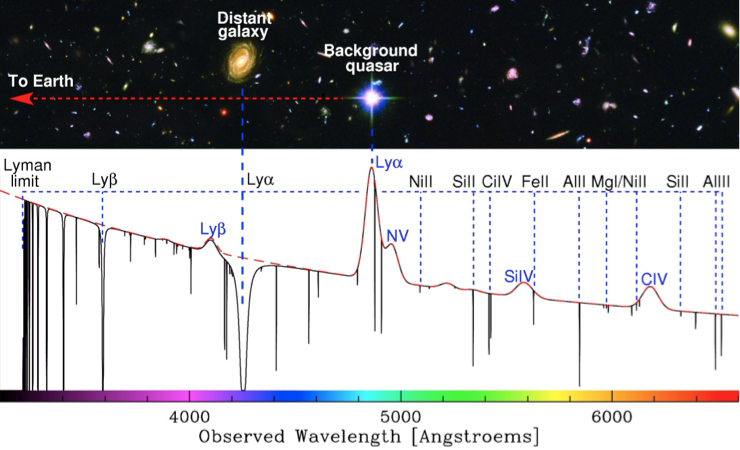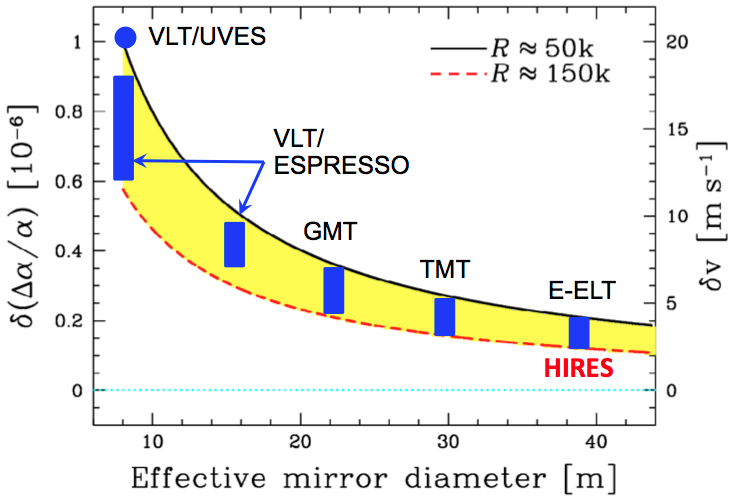ANDES will open a completely new discovery space with an unprecedented broad range of science cases, spanning most areas of Astrophysics and even breaking into the domain of Fundamental Physics.
Some of the most outstanding scientific goals include: the characterisation of atmospheres in Earth-like planets in other solar systems, with the ultimate goal of detecting signatures of life; the detection of the first generation of stars, through their chemical fingerprint in the primordial Universe; the detection of of the variation of some of the fundamental constants of Physics, such as the electron-to-proton mass ratio, or providing the most stringent constraints on these quantities.
Exoplanets and Circumstellar Disks
The characterization of exoplanets is one of the outstanding key science cases for ANDES.

The focus will be on detecting and quantifying exoplanets atmospheres. The ultimate goal is the detection of life signatures. More specifically, the unprecedented capabilities of HIRES will enable astronomers to derive the chemical composition, stratification and weather in the atmospheres of exoplanets over a wide range of planets, from Neptune-like to Earth-like including those in the habitable zones. The ultimate goal is the detection of life. The extremely high signal-to-noise required to detect the atmospheric signatures has paradoxally pushed this area into the “photon-starved” regime wich currently facilities, making the collectin area of the ELT essential for achiving an ambitious goal.
Stars and stellar populations

Processes as stellar convection, differential rotation, stellar magnetic activity and mass loss are not yet well understood. It is fundamental to guide theoretical developments with better observations. HIRES will deliver for the very first time the high resolution (R = 100000) and high quality (S/N > 100) required to answer tehse questions. Moreover, it will be possible to trace the chemical enrichment pattern of solar-type and cooler dwarf stars out to the distances of several kpc, therefore sampling most of the Galaxy disk and bulge. It will be also possible to characterize sub-giants and giants in the outer Galactic halo and in the neighbouring dwarf galaxies. Moreover, the broad spectral range (0.36-2.45 μm) together with the high spectral resolution will allow a detailed chemical mapping of numerous elements and isotopes fundamental to reveal the origin and formation history of ancient stars.
Formation and Evolution
of Galaxies and Intergalactic Medium
ANDES will probably be the first facility that could unambiguously detect the fingerprint of Pop-III stars, i.e. the first generation of stars, which lighted up the primordial Universe. This will be achieved by measuring the relative abundance of various chemical elements in the early Universe intergalactic medium and detecting chemical enrichment pattern characteristic of the supernova explosions of the first generation of stars.

Cosmology and Fundamental Physics

ANDES will be an instrument capable of addressing issues that go beyond the limited field of Astronomy, breaking into the domain of Fundamental Physics.
It will provide the most accurate tests of the stability of the fundamental constants α, of the electron-to-proton mass ratio, competitive constrains on dynamical of dark energy, on the nature of dark matter (cold vs warm) and Weak Equivalent Principle violations.
